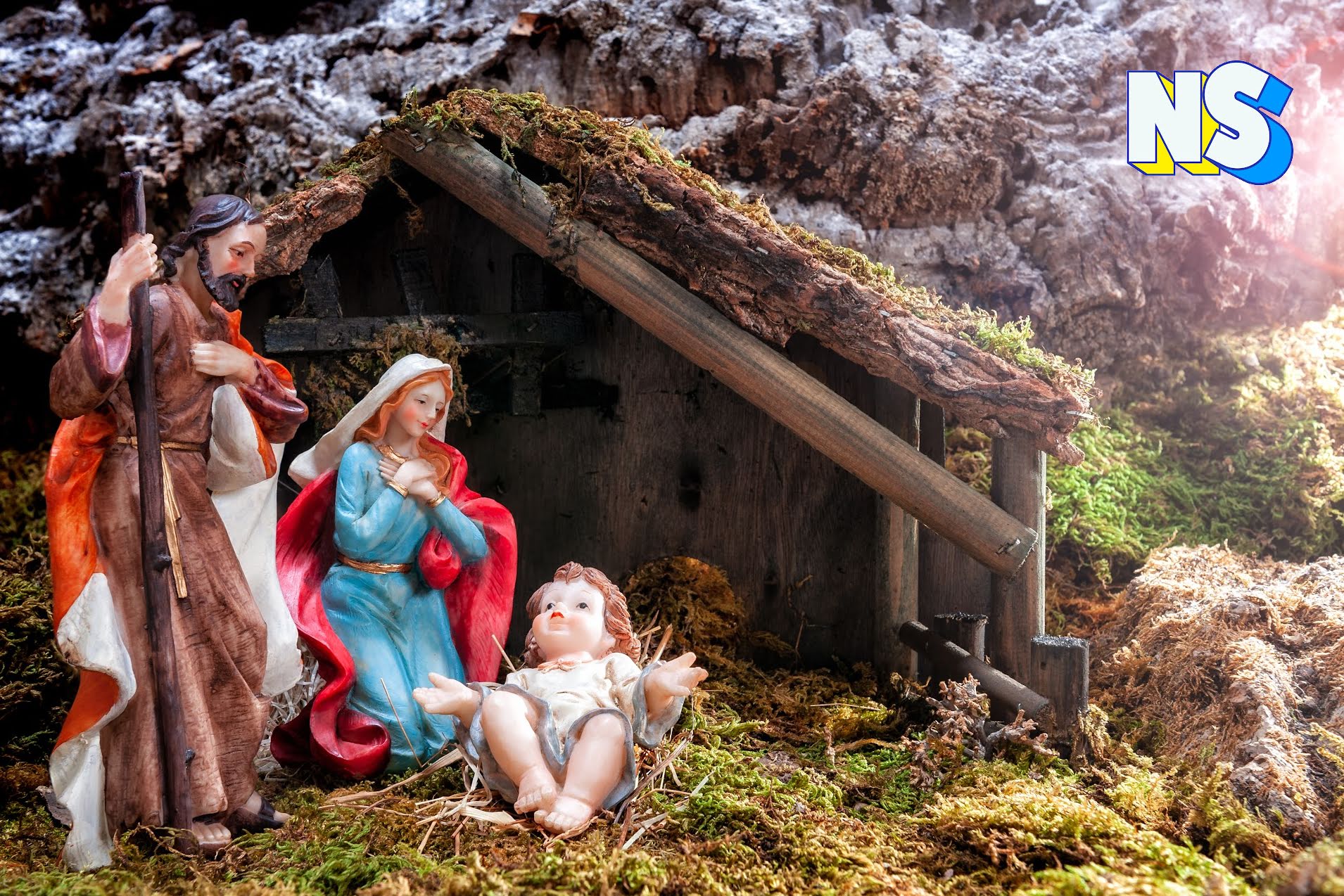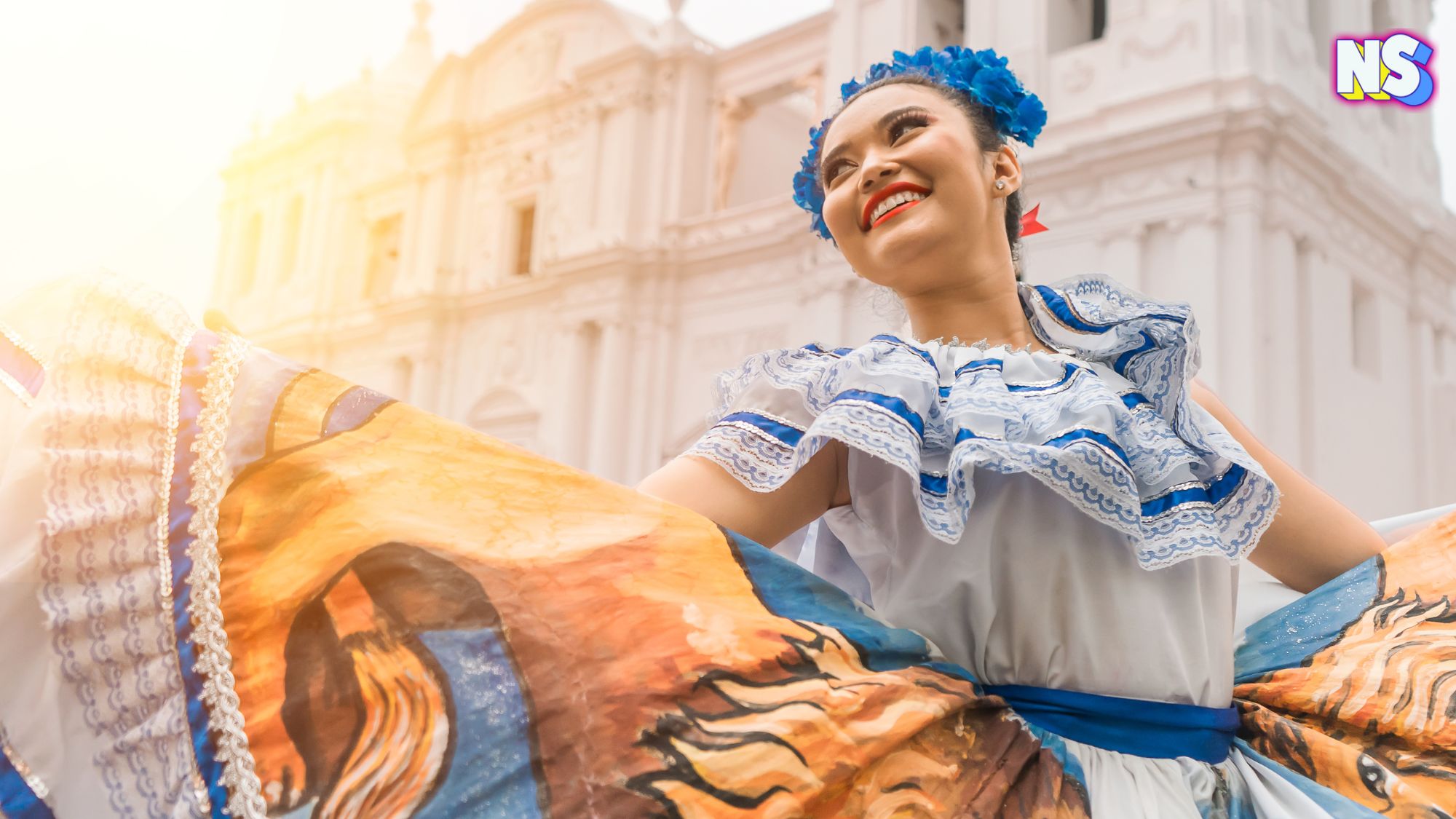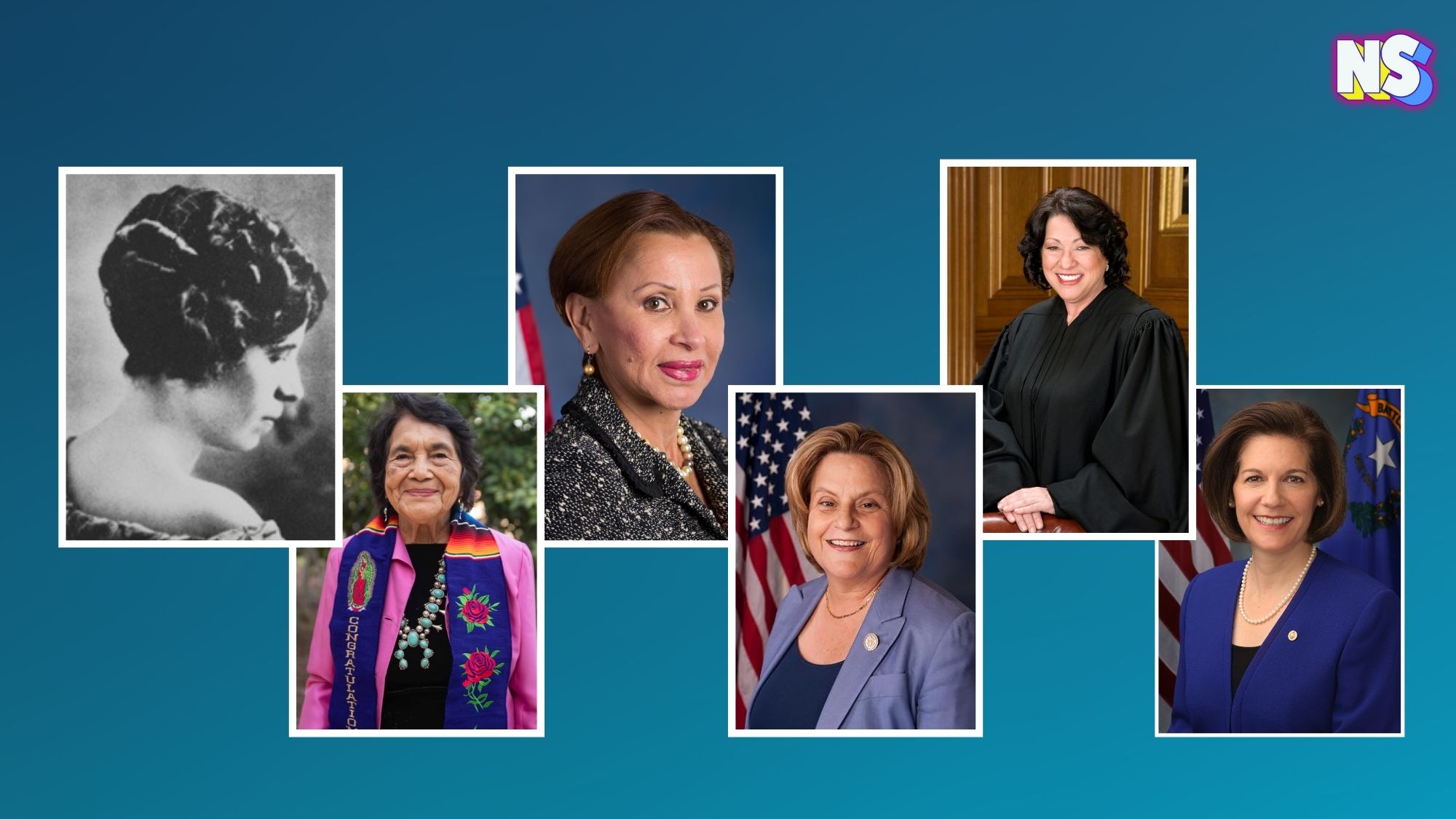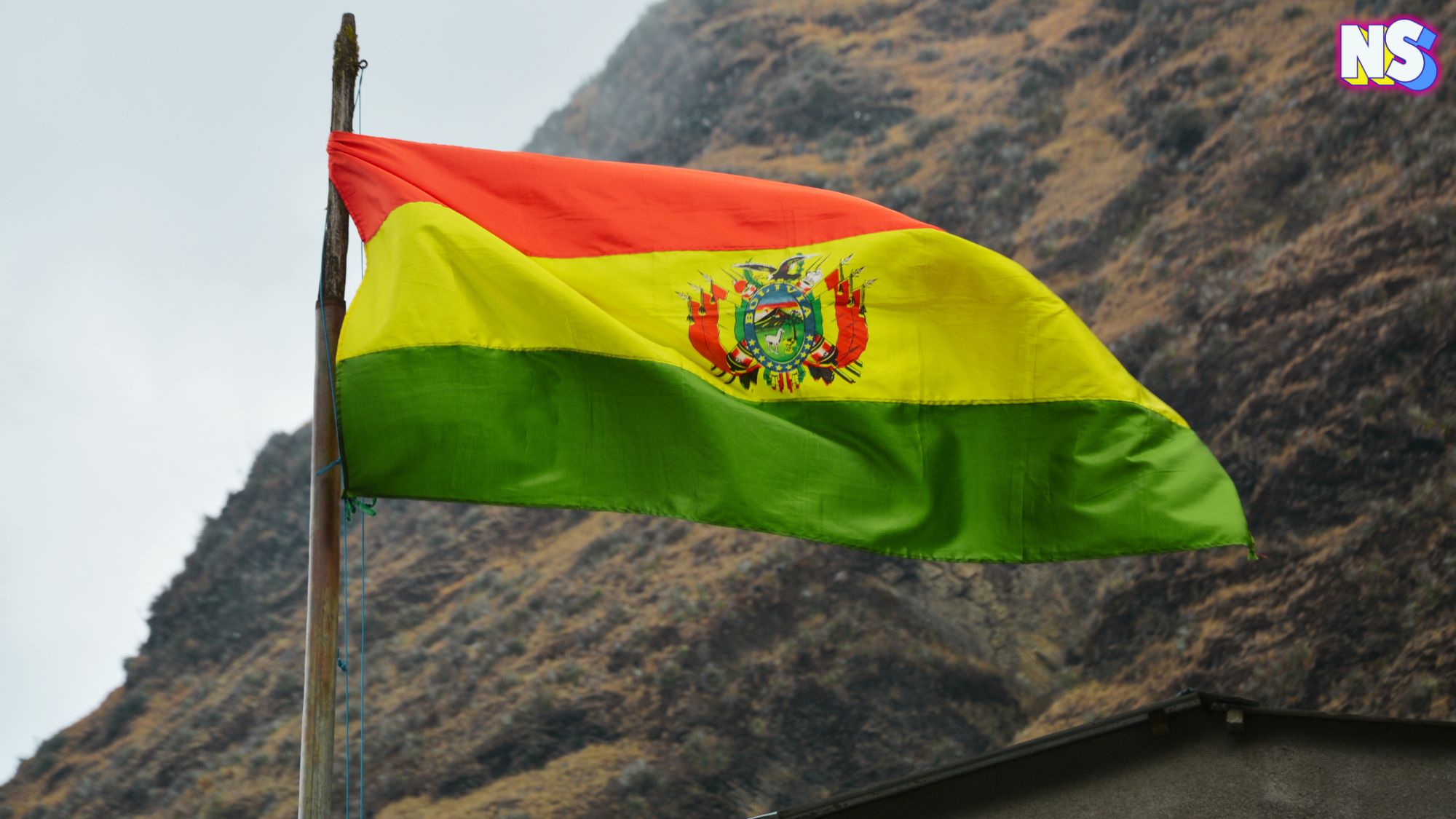Credit: Nuestro Stories
Throughout Latino culture, the prevalence of nativity scenes, or nacimientos, are practically everywhere.
They decorate our homes, our lawns, and our mantles, they are an integral part of our ceremonies and posadas – and when it comes to the holiday itself, they are the centerpiece.
A nacimiento is a depiction of the Christian birth story of Jesus Christ, and the figures for the scene are often hand carved and elaborate. The scenes can vary from the basic three figures, representing Jesus, Mary, and Joseph to the largest versions which contain 10 figures; Mary, Joseph, the baby Jesus, The Three Kings, shepherds, a cow, a donkey, and two sheep. While the traditions vary, the scenes are typically brought out on December 12th and are left out sometimes as long as February.
Read more: These Holiday Ancestral Dishes Continue to be Enjoyed After Hundreds of Years
The correlation between nacimientos and colonization
While the scenes are considered a tradition so old that no living generation would remember a time without them, the nacimiento was introduced during the period of colonization. Many Indigenous people were forcibly taught by the missionaries to carve intricate figures as a part of their initial assimilation into the European religion.
According to historians, it was St. Francis of Assissi who was credited for the creation of the first nativity scene in 1223.
Choosing a location on a monastery in Greccio, he depicted the birth of the Christ child using real humans and livestock. However, one of the difficulties the church and St. Francis faced was that many people were unable to read or read the language the Bible was written in. This made the attempt to assimilate people into their religion that much harder. Also, in order to make the story of the Christ child more relatable, the family would need to come from lesser or meager means to resonate with those outside the wealth of the church.
Reverting back to ancestral beliefs
As time continues, the posada which is the procession that depicts the moments and days leading up to the birth of the Christ child, and the nativity scene, the physical depiction of the birth itself, have continued to play a major role in the celebration of the Navidad throughout Latin communities.
Over time, however, as many began to look deeper into the origins, Latino cultures began to add their own flourishes into the naciemientos, adding specific flowers, fruits, plants, or offerings that made more sense regionally than the ones traditionally depicted in the Bible.
Over time as we may see more and more people begin to harken back to ancestral beliefs pre-colonization.





